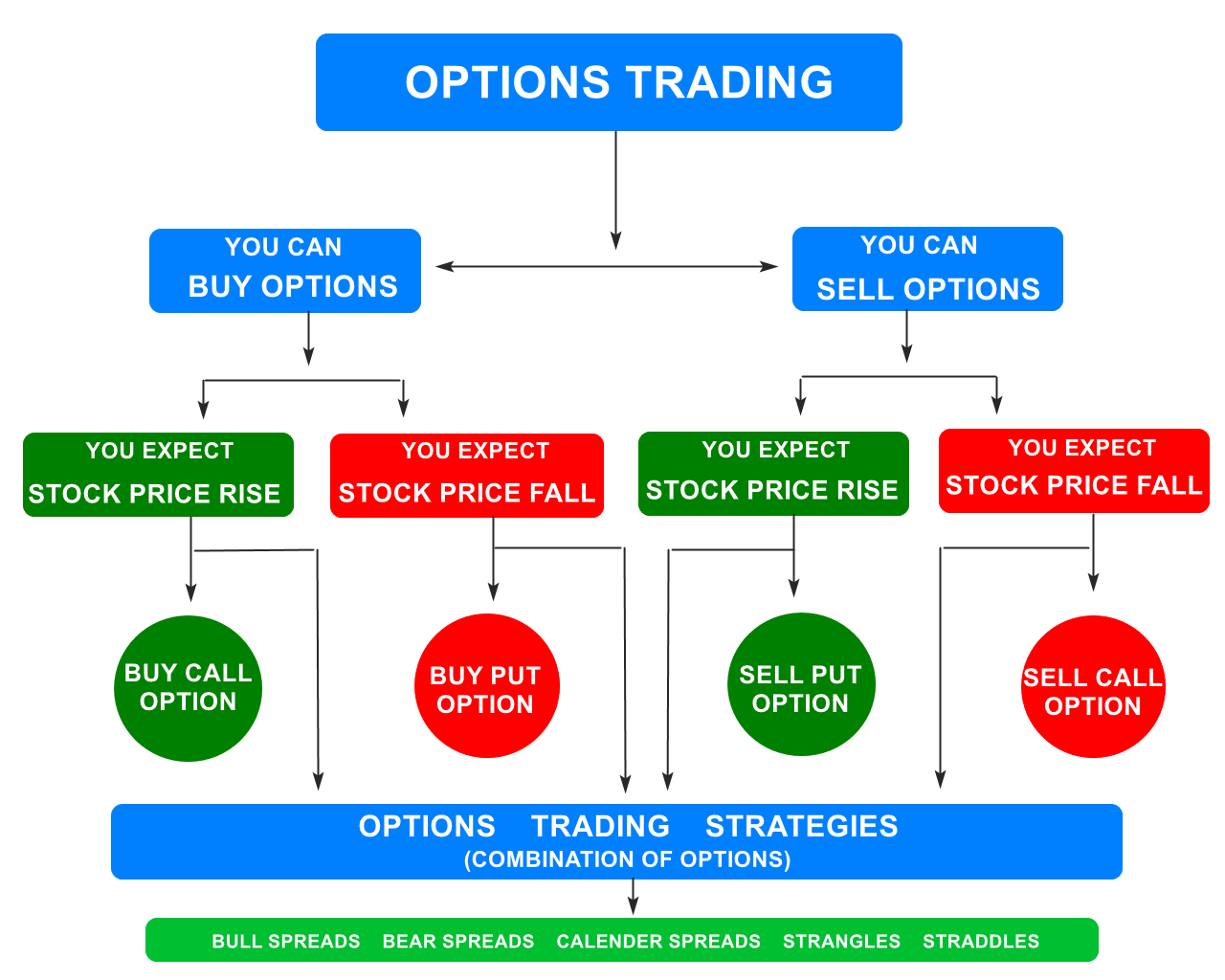
Account aggregators, which collect information from several financial institutions and provide financial services to consumers, offer a one stop solution to all their financial problems. This model encourages consumers to be part of the banking system. Financial aggregation has been regarded as one of first realizations in open banking.
There are many kinds of financial aggregators. Some of them specialize in investment data, while others provide lending services. You need to consider a variety of factors when choosing the right one. These factors include your goals as well as the type and amount of data you are looking to collect. There are many financial aggregators, such as those who provide loans and wealth management services, or even start-up companies. Some aggregators are peer-to-peer and some are owned by financial institutions.
The main benefit of using a financial aggregater is the ability to get a comprehensive overview of your finances. This will allow you to make informed decisions and avoid overdrafts. You can also make payments from multiple banks accounts. Additionally, aggregators may also allow integration with other types information, making it easier for users to access all their financial information in one place. These services can also be used to analyze and view your spending habits.

At the moment, the top financial aggregators in America cover over 95% bank accounts. They also have offices in Australia, Canada, and New Zealand. Their services allow consumers to transfer money between accounts, track spending patterns and get personalized advice. Finicity is the North American's leading financial aggregator. In the UK, Bankinter is a popular aggregator, as well.
Data aggregation has been an important aspect of the fintech industry. It allows banks offer a wider variety of services. But it is not without its problems. Some data aggregators were accused of reporting incorrect data and causing account locksouts. It can also slowdown online banking.
Data security is another problem that aggregators must address. The best aggregators ensure airtight security while maintaining great customer service. The platform should have all government and business entities. However, the aggregator will only be able to share financial information if consumers agree to it.
An application programming interface is a way to avoid account lockouts, and other problems that can be caused by data aggregators. This is the best way to get data from banks. An API is able to handle data requests more efficiently than a web-based interface. This allows aggregators to provide precise data to customers without slowing down web sites. Customers have the option to deny them access to their data. In some cases, banks may also have their own internal API.

As the industry grows, a number of financial aggregators have been able to secure capital, and receive media attention. This has led to a number of startups specializing in this area. Some have received investments, while others are just beginning.
FAQ
Is it really wise to invest gold?
Since ancient times, gold has been around. It has maintained its value throughout history.
Like all commodities, the price of gold fluctuates over time. If the price increases, you will earn a profit. When the price falls, you will suffer a loss.
It all boils down to timing, no matter how you decide whether or not to invest.
Can I make my investment a loss?
You can lose it all. There is no way to be certain of your success. But, there are ways you can reduce your risk of losing.
One way is diversifying your portfolio. Diversification spreads risk between different assets.
You could also use stop-loss. Stop Losses enable you to sell shares before the market goes down. This reduces the risk of losing your shares.
You can also use margin trading. Margin trading allows for you to borrow funds from banks or brokers to buy more stock. This increases your chances of making profits.
Can I make a 401k investment?
401Ks make great investments. Unfortunately, not all people have access to 401Ks.
Most employers offer their employees one choice: either put their money into a traditional IRA or leave it in the company's plan.
This means you can only invest the amount your employer matches.
You'll also owe penalties and taxes if you take it early.
Statistics
- Most banks offer CDs at a return of less than 2% per year, which is not even enough to keep up with inflation. (ruleoneinvesting.com)
- 0.25% management fee $0 $500 Free career counseling plus loan discounts with a qualifying deposit Up to 1 year of free management with a qualifying deposit Get a $50 customer bonus when you fund your first taxable Investment Account (nerdwallet.com)
- Some traders typically risk 2-5% of their capital based on any particular trade. (investopedia.com)
- As a general rule of thumb, you want to aim to invest a total of 10% to 15% of your income each year for retirement — your employer match counts toward that goal. (nerdwallet.com)
External Links
How To
How to invest into commodities
Investing in commodities means buying physical assets such as oil fields, mines, or plantations and then selling them at higher prices. This is called commodity trading.
Commodity investing is based on the theory that the price of a certain asset increases when demand for that asset increases. The price tends to fall when there is less demand for the product.
You don't want to sell something if the price is going up. You want to sell it when you believe the market will decline.
There are three major categories of commodities investor: speculators; hedgers; and arbitrageurs.
A speculator purchases a commodity when he believes that the price will rise. He doesn't care what happens if the value falls. An example would be someone who owns gold bullion. Or someone who is an investor in oil futures.
An investor who invests in a commodity to lower its price is known as a "hedger". Hedging is an investment strategy that protects you against sudden changes in the value of your investment. If you own shares of a company that makes widgets but the price drops, it might be a good idea to shorten (sell) some shares. This means that you borrow shares and replace them using yours. If the stock has fallen already, it is best to shorten shares.
An "arbitrager" is the third type. Arbitragers trade one thing in order to obtain another. For example, if you want to purchase coffee beans you have two options: either you can buy directly from farmers or you can buy coffee futures. Futures enable you to sell coffee beans later at a fixed rate. You have no obligation actually to use the coffee beans, but you do have the right to decide whether you want to keep them or sell them later.
You can buy something now without spending more than you would later. If you know that you'll need to buy something in future, it's better not to wait.
But there are risks involved in any type of investing. One risk is that commodities prices could fall unexpectedly. The second risk is that your investment's value could drop over time. This can be mitigated by diversifying the portfolio to include different types and types of investments.
Taxes are another factor you should consider. You must calculate how much tax you will owe on your profits if you intend to sell your investments.
Capital gains tax is required for investments that are held longer than one calendar year. Capital gains taxes are only applicable to profits earned after you have held your investment for more that 12 months.
If you don’t intend to hold your investments over the long-term, you might receive ordinary income rather than capital gains. Earnings you earn each year are subject to ordinary income taxes
When you invest in commodities, you often lose money in the first few years. As your portfolio grows, you can still make some money.